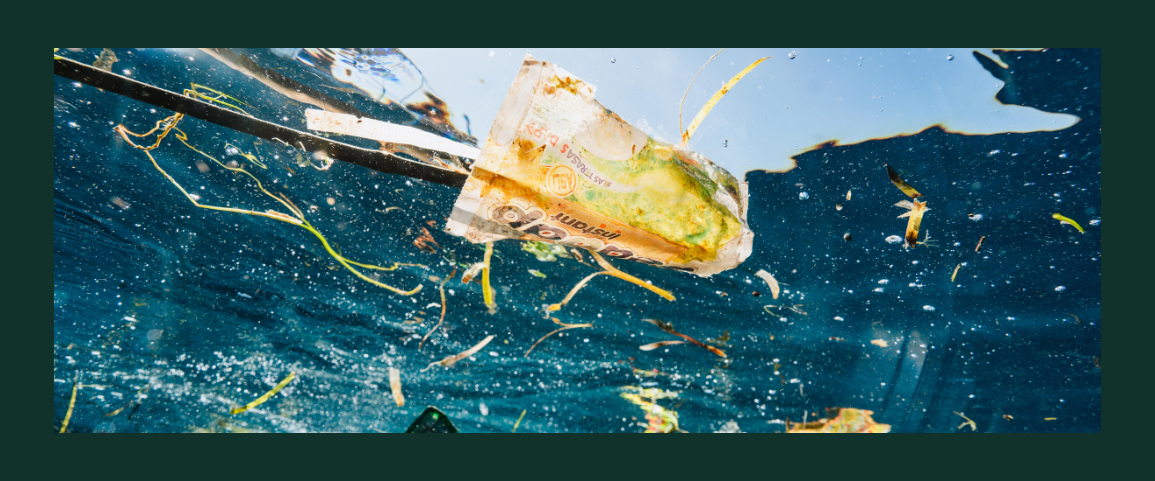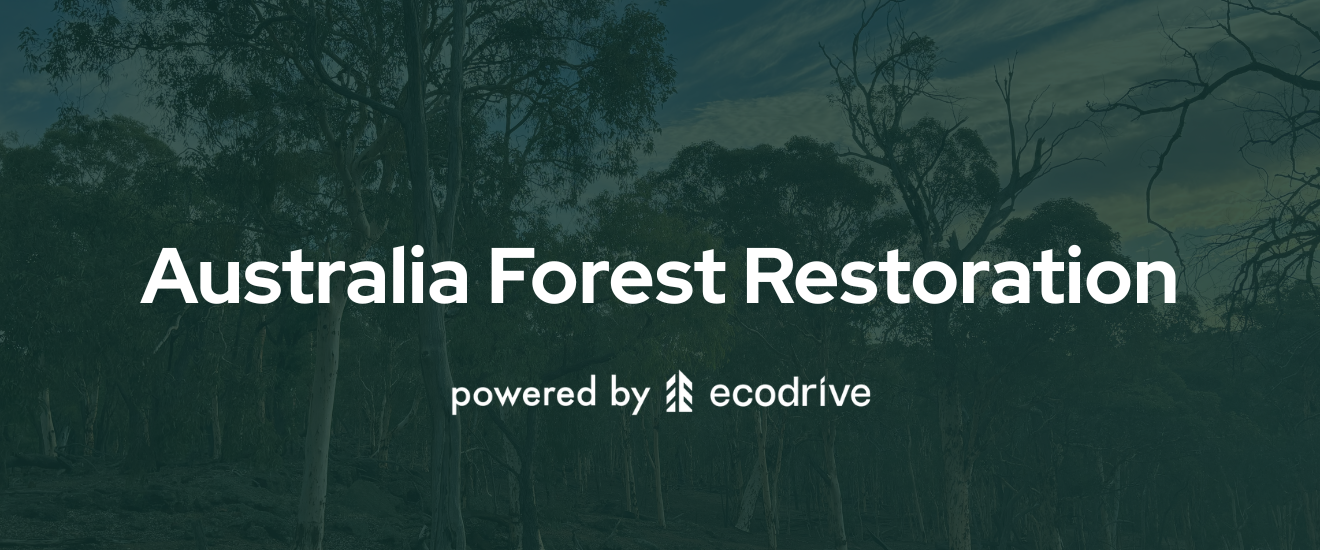What’s Causing the Plastic Crisis in Bali — and Who’s Cleaning It Up?
Understanding the roots of Bali’s plastic pollution problem — and the verified cleanups helping to restore its beaches and oceans
Bali is known for its world-class beaches, coral reefs, and vibrant tourism industry. But over the past decade, the island has also become a symbol of Southeast Asia’s growing plastic waste crisis. Each monsoon season brings waves of trash to the shores of places like Kuta and Seminyak, prompting viral headlines and international concern.
The situation is complex, tied to local waste systems, global trade, tourism, and ocean currents. But despite the challenges, local communities and international partners are fighting back — and showing how real, verified action can help turn the tide.
The Scale of the Problem
Indonesia is the second-largest contributor to ocean plastic pollution in the world, after China. An estimated 620,000 metric tons of plastic waste enters the ocean from Indonesia each year, much of it through rivers like the Citarum and Brantas, and coastal hubs like Bali.
In Bali alone, daily waste generation has tripled since 1995. According to the Bali Partnership, the island produces over 1,500 tons of waste per day, and 36% of it is plastic. During rainy season, poor waste management and overflowing rivers funnel plastic debris directly into the ocean — where tides push it back onto Bali’s beaches.
What’s Causing It?
The roots of Bali’s plastic crisis are both local and global:
a. Inadequate Waste Infrastructure
Despite Bali’s global tourism appeal, much of the island still lacks access to reliable waste collection. Rural areas often burn or dump waste, while even major towns rely heavily on informal recycling systems that can’t keep up with the volume.
In 2021, only 48% of Bali’s waste was collected, and just 5% was properly recycled. The rest was burned, dumped, or leaked into the environment.
b. Single-Use Plastic Culture
Indonesia’s booming packaged goods industry has made plastic the default. From sachets of shampoo to individually wrapped snacks, low-cost plastics are heavily marketed and widely used. Bali, in particular, sees heavy consumption of bottled water and takeaway containers, especially in tourist areas.
c. Ocean Currents and Monsoon Season
The Indian Ocean and the Indonesian Throughflow bring floating plastic from surrounding regions to Bali’s shores, especially during the west monsoon season (December to March). Some of the plastic washing up on Bali’s beaches has traveled hundreds of miles.
d. Tourism
Tourism is both a victim and a contributor. On one hand, tourists are appalled by dirty beaches and demand action. On the other, Bali’s 16 million annual visitors (pre-pandemic) generate large volumes of waste, much of which is poorly managed.
3. The Impact on Ecosystems and Economy
Plastic pollution in Bali is not just an eyesore. It’s damaging coral reefs, harming marine life, and undercutting the tourism industry that supports over 50% of the island’s economy.
Sea turtles mistake plastic bags for jellyfish. Fish ingest microplastics. Coral reefs smother under floating debris. A study in 2022 found that up to 55% of fish sold in Indonesian markets contain plastic particles, posing a risk to human health and food security.
For tourism businesses, trash-filled beaches mean canceled bookings, bad reviews, and long-term brand damage. Many resorts and dive shops now organize their own cleanups, but the scale of the issue goes beyond what private actors can solve alone.
Who’s Cleaning It Up?
Despite the magnitude of the problem, Bali has also become a hub for innovative, community-led solutions. Here's who’s making an impact:
a. 4ocean
This Florida-based company operates a cleanup division in Bali and has pulled millions of pounds of plastic from the ocean, coastlines, and rivers since launching in 2017. Their team of full-time captains and crews collects trash daily, using traceable processes and transparent reporting.
4ocean’s model allows consumers and businesses to fund cleanups through product purchases or corporate partnerships. Platforms like Ecodrive integrate directly with 4ocean, letting brands tie each order to verified plastic removal in places like Bali.
b. Sungai Watch
Founded by the Wijsen siblings (of Bye Bye Plastic Bags), Sungai Watch installs floating barriers in rivers across Bali to intercept waste before it reaches the ocean. As of 2024, they’ve collected over 1 million kilograms of plastic from more than 180 river barriers.
Their work focuses not just on cleanup, but also on sorting, recycling, and data collection to understand waste sources and push for systemic change.
c. Eco Bali Recycling
This social enterprise offers collection and recycling services to homes, schools, and businesses — especially in underserved areas. They help educate communities and reduce landfill reliance through composting and plastic recycling initiatives.
d. Local Schools and Villages
Programs like "Sekolah Plastik" teach children how to recycle, reduce plastic use, and lead cleanup initiatives in their communities. Balinese ceremonies often include efforts to avoid single-use offerings, and traditional knowledge is increasingly seen as part of the solution.
5. What Role Can Businesses Play?
Many businesses want to help, but aren’t sure where to start. Funding cleanup efforts in Bali can be an effective and transparent way to make a real difference — especially when verified by third parties.
Here’s how brands are doing it:
- Ecodrive partners with 4ocean to allow businesses to remove one pound of plastic for every purchase, with traceable proof and live counters
- Some brands sponsor specific river barriers through Sungai Watch, allowing for storytelling around impact
- Others collaborate with hotels or surf shops in Bali to organize cleanups and build cause-driven marketing campaigns
What matters is accountability. Verified cleanup projects ensure that the money businesses spend is actually going toward waste removal and processing — not just short-term publicity.
Can the Crisis Be Solved?
Solving Bali’s plastic crisis requires a mix of cleanup, education, infrastructure, and regulation. In 2019, the Balinese government banned single-use plastics like straws and bags — but enforcement remains spotty.
Long-term solutions must include:
- Investment in waste management infrastructure across all villages and regencies
- Education campaigns to reduce single-use consumption
- Corporate responsibility from global brands whose packaging dominates local waste
- Verified impact models that allow businesses and consumers to fund cleanups and track results
While Bali can’t solve Indonesia’s plastic crisis alone, it can be a powerful model of what’s possible when local action meets global support.
Final Thoughts
Bali’s beaches are frontline indicators of how global systems of consumption and waste are failing. But they’re also proving grounds for bold, community-led solutions.
For businesses and individuals who want to be part of the cleanup, transparency and accountability are key. Verified partnerships with groups like 4ocean, Sungai Watch, and Ecodrive offer a credible, scalable way to turn consumer action into real-world environmental progress.












